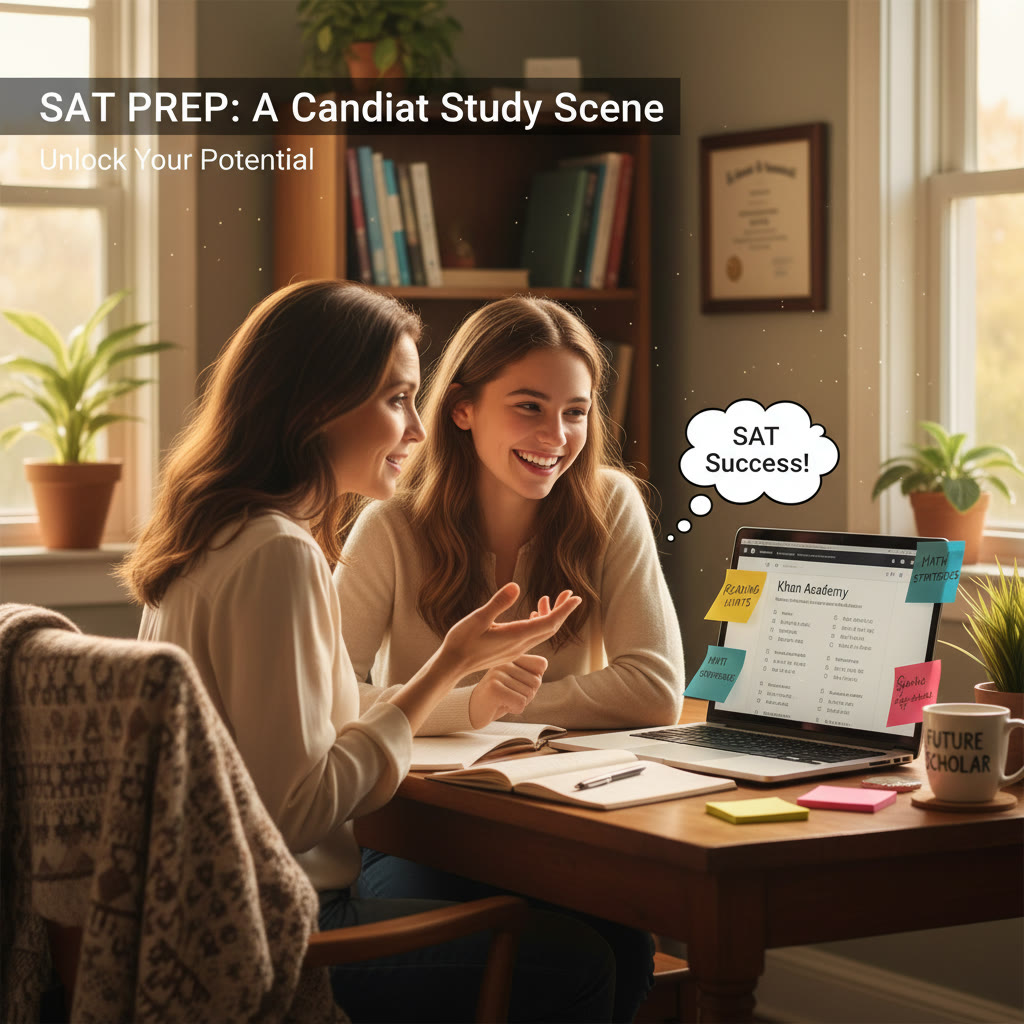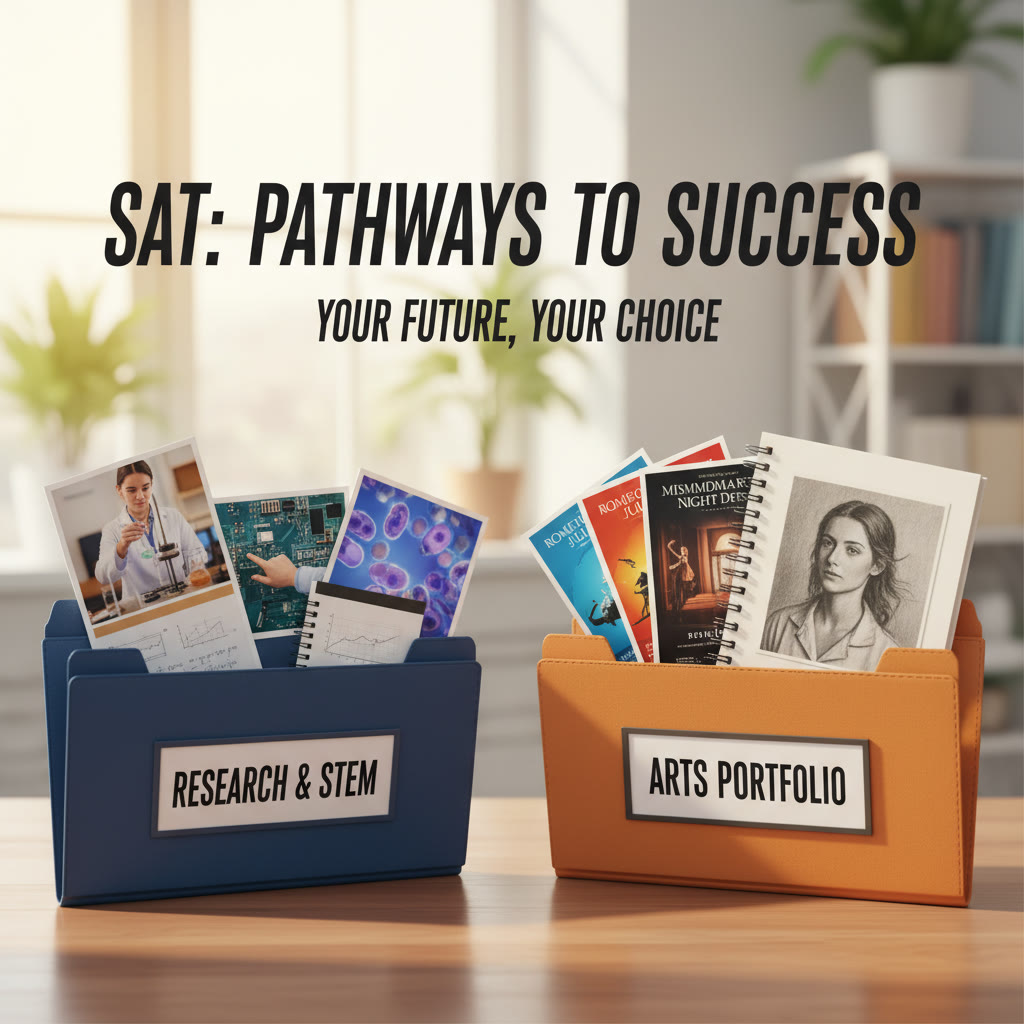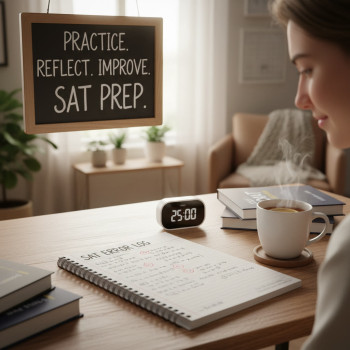Introduction: Why SAT Scores Still Matter (But Don’t Tell the Whole Story)
When you and your family start sorting through Ivy League expectations, one of the first numbers you’ll see is an SAT range. Those three digits can feel like a scoreboard flashing a verdict: in or out. The reality is more nuanced. For top colleges—especially the Ivies—SAT scores are an important piece of the puzzle, but they’re considered alongside GPA, course rigor, essays, recommendations, extracurricular distinction, and demonstrated fit.
Still, understanding how SAT scores line up across the Ivies helps you set realistic targets and build a smarter application strategy. In this guide I’ll walk you through which Ivy League school tends to be the hardest to get into based on SAT benchmarks, how to read percentile ranges, practical steps to improve your standing, and how tailored support—like Sparkl’s personalized tutoring—can be used where it matters most.

Headlines: The Short Answer
Across publicly shared score ranges and admitted-student statistics, certain Ivies regularly show higher middle-50% SAT ranges and higher average reported scores. While acceptance rates and institutional priorities vary year to year, three schools often appear at the top of the difficulty list when SAT score expectations are the primary lens:
- Princeton University
- Harvard University
- Yale University
Why these three? They commonly report admitted-student SAT ranges perched near the upper end of the national score distribution and typically have among the lowest acceptance rates. But important caveat: a high SAT target alone doesn’t guarantee an admissions edge if other components of the application are weak.
How to Read SAT Ranges: The 25th–75th Percentile Explained
Most colleges publish the middle 50% SAT range for enrolled first-year students: the 25th percentile score and the 75th percentile score. If your score is below the 25th percentile, you’re typically categorized as a “reach” for that school based on test scores alone; above the 75th percentile, you’re in the “safety” zone for test performance. A score inside the middle 50% is a “match.”
Because admission committees look holistically, being in the lower end of the range doesn’t mean you won’t be admitted—especially if your essays, recommendations, and activities are outstanding.
What the Numbers Tell Us: Comparative SAT Table for Ivy League Schools
Below is a simplified table showing typical middle 50% SAT ranges and a snapshot of select admissions context. These ranges reflect the high end of the national SAT distribution and are meant to give a comparative sense rather than an absolute rule.
| Ivy School | Typical Middle 50% SAT Range (Total) | Admissions Context |
|---|---|---|
| Princeton | ~1510–1570 | Ultra-selective; very low acceptance rate; strong emphasis on academic excellence and fit. |
| Harvard | ~1500–1560 | Extremely selective; holistic review with attention to leadership, originality, and impact. |
| Yale | ~1490–1560 | Top-tier selectivity; strong emphasis on writing, interviews, and extracurricular depth. |
| Columbia | ~1500–1560 | Very competitive; looks for intellectual curiosity and rigor within a diverse context. |
| UPenn | ~1480–1550 | Highly selective with interest in cross-disciplinary engagement and professional focus. |
| Dartmouth | ~1450–1540 | Selective; values close-knit community fit and leadership in various arenas. |
| Brown | ~1450–1540 | Selective; open curriculum attracts independent thinkers and creative scholars. |
| Cornell | ~1440–1530 | Highly selective with program-specific differences; engineering and applied sciences often have higher averages. |
Note: These ranges are illustrative and shift over time. They’re useful for comparison and goal-setting, not as definitive admission cutoffs.
Which Ivy Is the Hardest by SAT? A Nuanced Answer
If you strictly measure “hardest” by the highest typical SAT range, Princeton, Harvard, and Yale frequently top the list. Yet there are other ways to interpret difficulty:
- Acceptance rate: Some Ivies may have marginally higher SAT ranges but similar acceptance rates; the interplay of yield management and institutional priorities matters.
- Program variation: Within a single university, certain schools or majors (engineering, computer science, premed tracks) often have higher SAT medians than the campus overall.
- Holistic emphasis: Brown and Dartmouth may accept students with slightly lower SATs if the rest of their profile is exceptional and aligns with institutional culture.
So, while Princeton often edges out others when it comes to reported SAT medians, the designation of “hardest” is context-dependent. Think of the Ivies as a family of extremely selective institutions where small differences in numbers are important but not decisive on their own.
Real-World Example: Two Strong Applicants, Different Outcomes
Imagine two applicants with identical SATs of 1530.
- Student A: 4.0 GPA with advanced STEM coursework, state science fair finalist, glowing research recommendation, concise and compelling essays focused on scientific curiosity—might be an excellent fit for Princeton or Harvard, particularly for STEM programs.
- Student B: 3.9 GPA with strong arts leadership, a national-level theater portfolio, compelling community-impact essay—may stand out more at Brown or Yale where creative contributions are highly valued.
The takeaway: the same SAT score can function differently depending on the story the rest of the application tells.

How to Use These Insights: Strategy for Students and Parents
Knowing which Ivies trend highest on SATs helps set a target, but actionable strategy wins the day. Here’s a step-by-step plan you can use immediately.
Step 1 — Set an SAT Target, Not an Obsession
- Pick a realistic stretch target (e.g., aim for the 75th percentile of your reach schools). For many Ivies that’s in the 1500–1570 band.
- Use the College Board’s BigFuture and official SAT resources to find the middle 50% for each school and each program, when available. Translate those ranges into practice benchmarks.
Step 2 — Build a Balanced College List
- Mix reach, match, and safety schools—multiple Ivies can be considered reach schools for many applicants.
- Include program-specific considerations: an Ivy’s engineering school often expects higher math scores than the campus median.
Step 3 — Study Smarter, Not Just Harder
High scorers often follow a smart practice regimen: diagnostic test, weak-area focus, timed full-length digital SAT practice, error logs, and deliberate strategy for question types (especially for the Digital SAT’s adaptive sections and evidence-based reading/clause-focused writing).
- Diagnose: take an official full-length digital SAT and analyze every missed question.
- Plan: set micro-goals (e.g., reduce geometry errors by 50% in six weeks).
- Practice: alternate full tests with targeted drills and review sessions.
Step 4 — Make the Application Story Strong
Even if your SAT is stellar, your application needs cohesion. Use essays to show intellectual curiosity, leadership, resilience, and alignment with the school’s values. Recommendations should add new dimensions to your profile rather than repeat your resume.
How Personalized Tutoring (Yes — Sparkl) Fits In
Not every student needs a tutor, but many benefit substantially from tailored guidance. Personalized tutoring can accelerate progress by focusing on the student’s unique pattern of mistakes rather than generic content. Sparkl’s approach—where students receive 1-on-1 guidance, tailored study plans, expert tutors, and AI-driven insights—can streamline practice, keep motivation high, and help degrade test-day anxiety through rehearsal and strategy coaching.
Here’s how targeted tutoring often helps students aiming for the top Ivy ranges:
- Personalized diagnostics to identify the specific weak spots in math, reading, or time management.
- Custom study plans that optimize the student’s calendar and prioritize high-impact gains.
- 1-on-1 sessions that teach technique (not just content), for example, how to approach multi-step algebraic proofs or dissect dense reading passages quickly.
- Regular practice exams that replicate the digital format and produce actionable analytics so the tutor and student can adjust tactics.
When used thoughtfully, tutoring amplifies the parts of an application that test scores alone can’t capture—presentation, confidence, and strategic planning.
Common Myths and Realities About SAT Scores and Ivies
Let’s bust a few myths you might hear around cafeterias and family dinners.
Myth: You Must Hit the Top of the SAT Range to Be Considered
Reality: While top scores reduce one source of uncertainty, students with slightly lower SATs regularly earn admission through exceptional essays, talent, research, or leadership. The goal is to be competitive, not perfect.
Myth: Ivies Only Accept Valedictorians With Perfect Scores
Reality: Many admitted students do have stellar grades and scores, but the Ivies also admit students with unique backgrounds, first-generation status, or singular achievements—qualities that show they’ll contribute to the campus community in specific, meaningful ways.
Myth: Standardized Tests Are the Only Way to Compete
Reality: Tests are one metric. Artistic portfolios, research publications, national awards, entrepreneurial ventures, and community impact can be equally compelling signals.
Practical Timeline: When to Start and What to Do Each Year
Starting early gives you options. Here’s a condensed timeline for high-schoolers targeting Ivy-level SAT ranges.
- Freshman Year: Build a strong academic foundation. Explore clubs and summer programs. Light, regular practice to understand SAT question types.
- Sophomore Year: Take a diagnostic test, begin targeted prep in weak areas. Solidify extracurricular commitments and leadership roles.
- Junior Year: Full-throttle SAT prep in the spring and fall (official digital SAT schedule permitting). Take the test once in spring and again in fall if necessary. Draft college essays in the summer.
- Senior Year: Final test attempt early fall (if needed). Finalize essays, secure recommendations, and prepare interview talking points.
Practice Resources and What to Watch For (Digital SAT Specifics)
The SAT is now digital in many regions, which changes timing, navigation, and question presentation. Prepare with official digital practice tests under timed conditions, and get comfortable with the device interface. Practice on screen will improve stamina and reduce test-day friction.
Key changes to practice for:
- Adaptive test sections — practice pacing across modules of varying difficulty.
- On-screen calculator use for math sections — rehearse which problems truly need the calculator versus mental math.
- Evidence-based reading strategies — focus on passage structures, author intent, and how to eliminate bad answer choices quickly.
Metrics That Matter Beyond SAT Scores
Admissions teams look at the whole person. Here are helpful metrics and artifacts you can cultivate:
- Course rigor: AP, IB, or dual-enrollment courses matched to your intended field.
- GPA trajectory: upward trends matter more than a one-time slip.
- Leadership and impact: quantify achievements (e.g., grew club membership 300%, launched a community tutoring program serving 200 students).
- Primary contributions: an applicant who offers unique talents—research, artistry, entrepreneurship—stands out.
Putting It Together: A Balanced Application Example
Meet Maya, a hypothetical applicant. Her target is Princeton.
- SAT: 1530 after two rounds of focused practice and tutoring.
- GPA: 3.95 with AP Calculus, AP Physics, and honors English.
- Activities: Founder of a climate club that launched a city-wide recycling initiative and completed a summer research internship at a local university.
- Essays: Focused on the intersection of environmental engineering and community equity; deeply personal and well-edited.
- Tutoring role: Sparkl’s 1-on-1 sessions ironed out pacing issues, and AI-driven practice analytics helped Maya identify that she lost ground on data interpretation questions—she made a 40% improvement in that area.
Outcome: Maya applied to several Ivies and landed multiple interviews and competitive offers. Her SAT score was strong enough to place her in the competitive middle 50% for Princeton, while the rest of her profile communicated fit and potential.
Final Advice: Aim High, Build Depth, and Use Resources Wisely
When students ask which Ivy is hardest to get into by SAT score, the quantitative answer often points to Princeton, Harvard, or Yale. But admissions is a qualitative art as much as it is a numbers game. Your best strategy is to aim high with your SAT goals while simultaneously cultivating the depth and originality of your overall profile.
If targeted support would help, consider using personalized tutoring to maximize study efficiency. Programs that combine expert tutors, individualized plans, and smart analytics—like Sparkl’s approach—can be particularly effective at turning a few focused hours into meaningful score gains and greater confidence going into application season.
Remember: colleges want students who will contribute to their community, push intellectual boundaries, and show resilience. SATs are a key tool in your toolbox—learn to use them well, but don’t let them be the only thing you build around.
Quick Checklist for Families
- Get a diagnostic SAT now if you haven’t—identify the top three weak areas.
- Set a realistic but ambitious score target tied to the specific Ivies and programs you care about.
- Build a year-by-year plan: coursework, standardized testing windows, extracurricular milestones, and essay drafts.
- Consider 1-on-1 tutoring if progress stalls—personalized plans and expert feedback often give better ROI than solo practice.
- Keep mental health and balance front and center; sustainable study beats last-minute cramming.
Parting Thought
Admissions to Ivy League schools is competitive, sometimes brutal, but never purely deterministic. SATs matter, and hitting the score bands makes a difference—but so does story, fit, and demonstrated contribution. Treat your SAT preparation as one component of a thoughtful, authentic application strategy. With the right goals, tailored preparation, and steady work, your best application will reflect not only a number but the person behind it.
Good luck—and remember: aim for growth, not perfection. The college journey begins with a target, but it’s built day by day.





















No Comments
Leave a comment Cancel